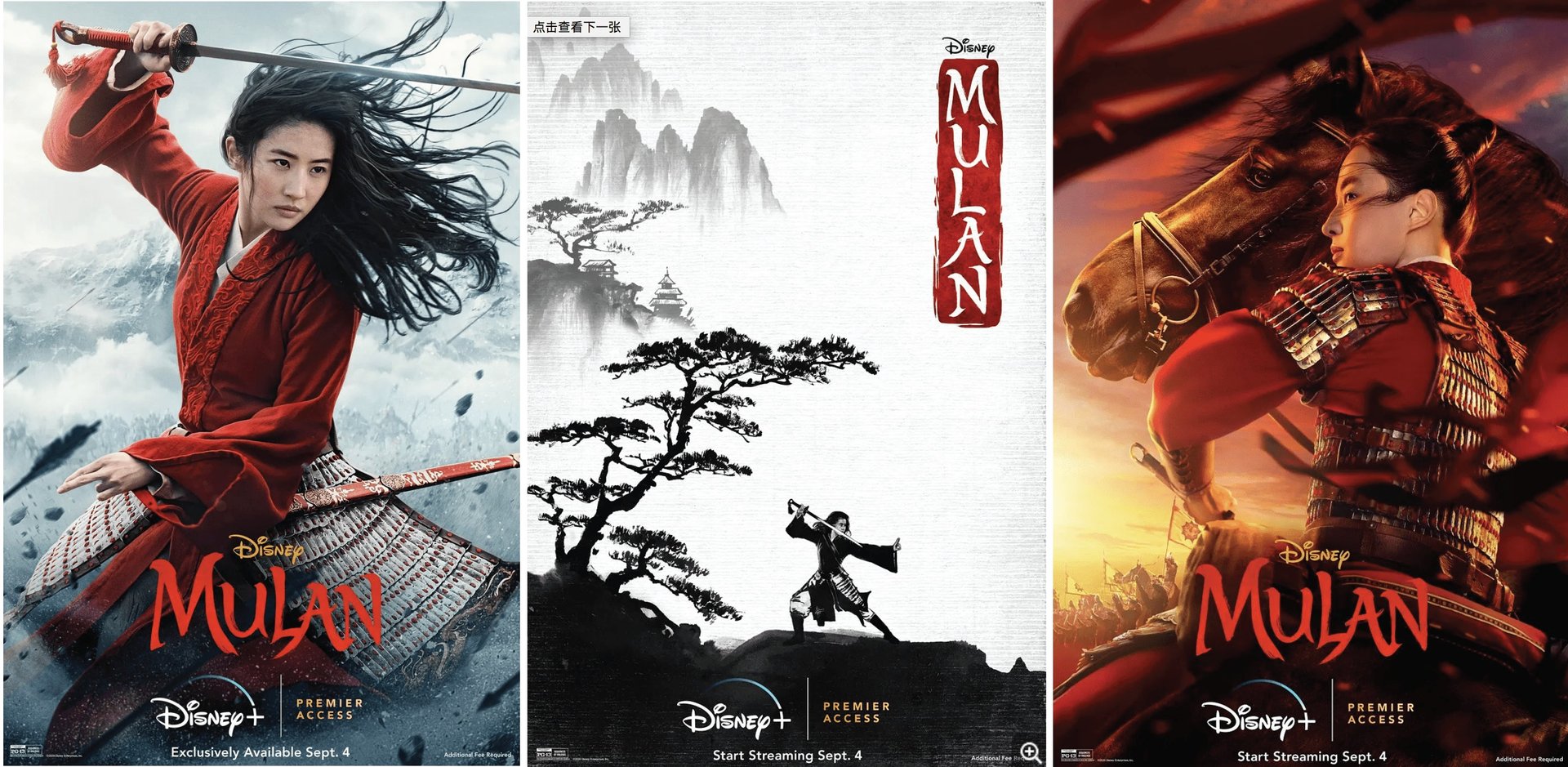Mulan’s official Chinese poster advances a nationalist agenda
Disney’s Mulan tried to please everyone and ended up pleasing no one.


Disney’s Mulan tried to please everyone and ended up pleasing no one.
The live-action remake of its animated classic, just released in Chinese theaters today, was supposed to win over a new generation of Disney fans in China. Instead, it looks like it could be a huge flop. It only generated around $1 million in advance sales, signaling another blow for a film already embroiled in controversy for having been partly shot in Xinjiang, where Uyghur Muslims are being interned in camps. And in a move that will surely not help drum up publicity, Chinese authorities have banned state media from reporting on the film’s release.

Numerous observers have pointed out that Mulan advances a very specific ideology: Han Chinese nationalism. That is, the idea that China, as a nation-state, is defined and dominated by Han Chinese people, a narrative that leads to minorities like the ethnic Mongol, Tibetan, and Uyghur Muslim populations on China’s peripheries being viewed as in need of forceful assimilation. As the writer Jeannette Ng put it, the film “makes the current nationalist mythology of a Han-dominated China the foundation of its story.” And anyone who tries to “undermine the Han Chinese ethnostate” is made the true villain of the film, wrote Aynne Kokas, an assistant professor of media studies at the University of Virginia.
This nationalist Han narrative is laid out in the Mulan posters for the Chinese market, too. While the film’s posters for markets around the world largely focus on Mulan as an individual protagonist, there are notable differences in the Chinese posters.
It’s not the first time Disney has tailored its Mulan posters to Chinese audiences. When the original animated version launched in 1998, Disney tweaked its posters for the Taiwan and Hong Kong markets. Whereas posters for North America and other western markets focused on a pensive Mulan dressed as a solider against an ominously red background, market research suggested that wouldn’t fly for Chinese audiences, who wanted brighter colors, action, and a good dose of patriotism.